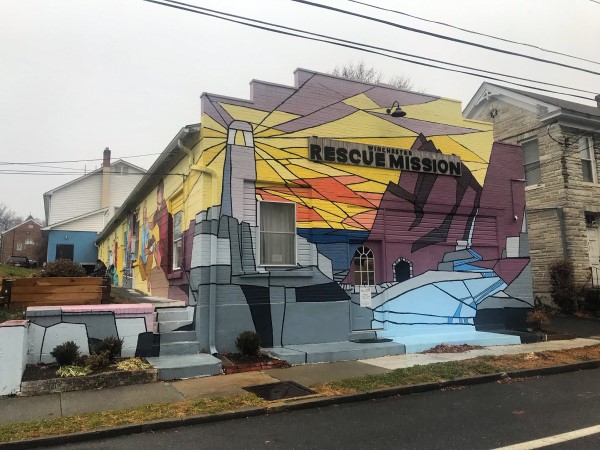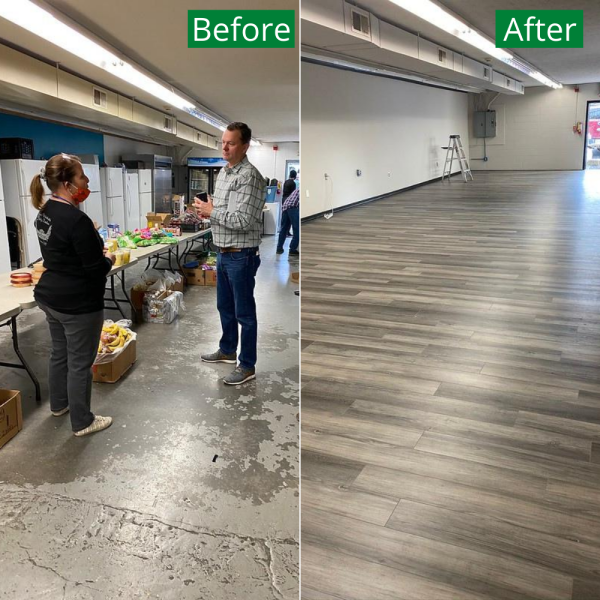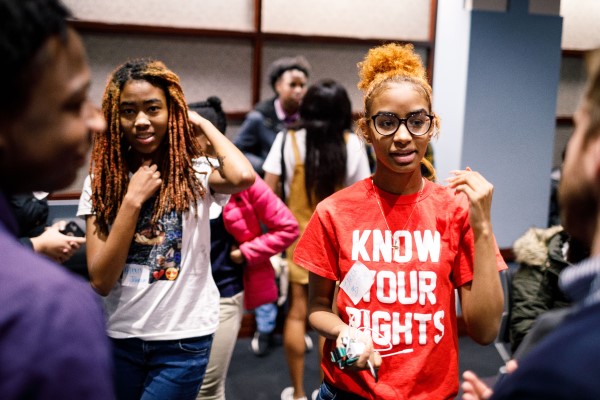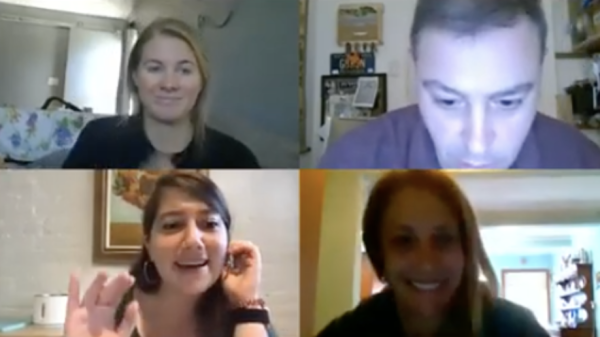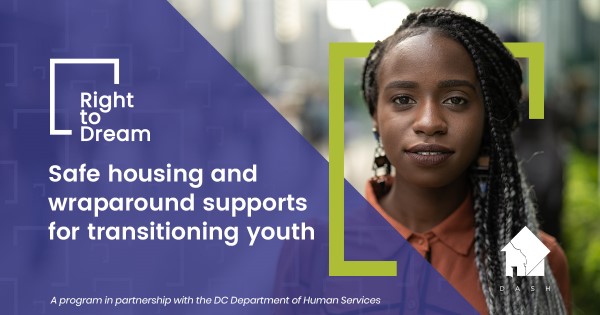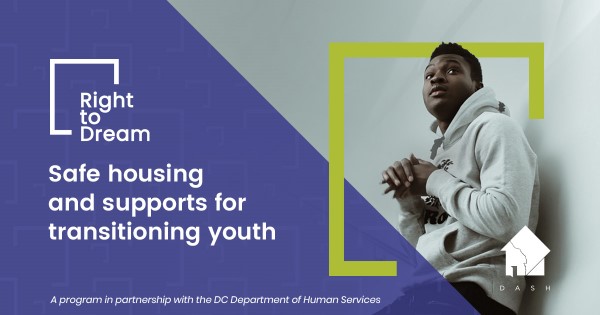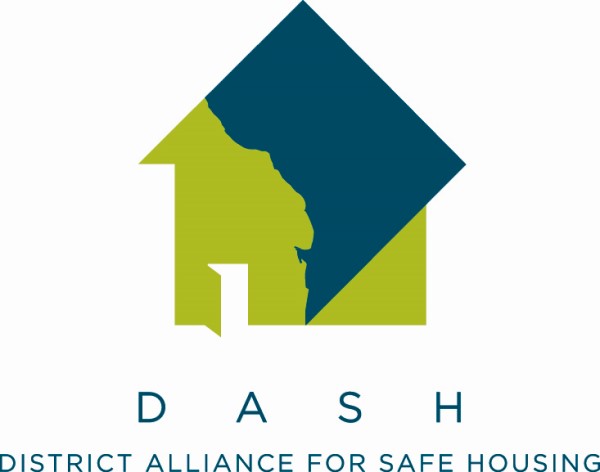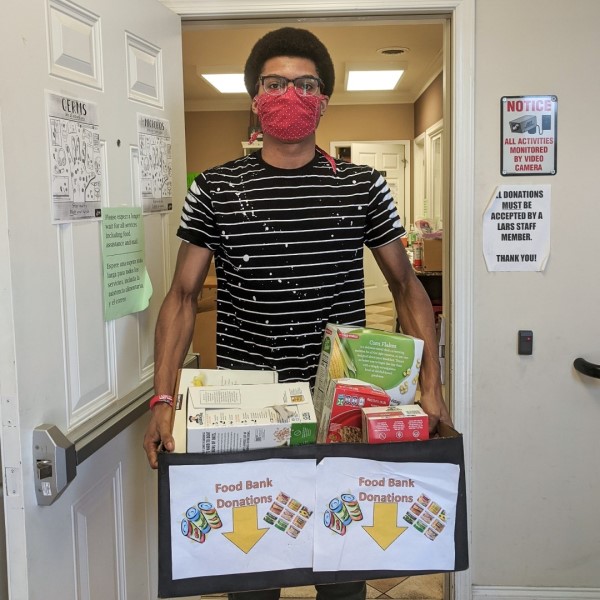Nonprofit work often depends upon volunteers. Not only do volunteer programs provide free labor, they also present valuable opportunities for community awareness and engagement. Unfortunately, the pandemic rendered many of these programs impossible to continue safely. During this time, people are looking for ways to connect, occupy their time, and make a difference. This is your nonprofit’s opportunity to harness this energy and re-imagine your volunteer programs for a new physically distanced society. Here, we have listed 6 steps you can take to jumpstart your new volunteer programs within the COVID-19 context.
Step 1. Identify Your Organization’s Needs
Do you even need volunteers right now? In this new landscape, your organization’s needs might look dramatically different than they did pre-pandemic. Your programming and consequent staff responsibilities have likely shifted in response to your clients’ new needs, so take some time to evaluate resulting labor gaps. Do you have immediate one-time needs or ongoing opportunities? Have you lost volunteers? Would the time invested in training be less than time saved if your staff simply completed the task themselves?
Step 2. Identify Possible Volunteer Tasks
Some remote volunteer possibilities include:
- Community Outreach. This work is best suited for your volunteers who are looking for a way to connect with others. They can assist with time-intensive relationship building tasks such as telephone wellness checks with clients, hotline/call center staffing, or organizing virtual group meetings with community members.
- Administration. When armed with a computer and internet access, your volunteer’s admin support can look like anything from grant writing to virtual filing. What are those tasks that would mightily improve your team’s efficiency, but are just never urgent enough to make the week’s “priority list”?
- Content Development. Your volunteers can assist with time-intensive research and curriculum adaptation as you transition your educational programming to an online format. Depending on their personal background and expertise, they might also be able to prepare and present specific topics to share with your clients and community!
- Fundraising. Who do your volunteers know? Ask your volunteers to help you market your nonprofit’s needs with their peers and communities and you could very well uncover a small treasure of new grassroots support.
Other volunteer work will be unavoidably in person. In which case, evaluate how your programs will operate with proper safety measures in place. Can you limit group sizes, enforce mask-wearing, provide sufficient PPE, and screen individuals with symptoms?
Step 3. Prioritize and Plan Your Program(s)
Transitioning your volunteer programs is a big change! Experiment with launching just a few initial programs to work out the kinks before you expand further. Carefully consider which volunteer activities would work well under safety restrictions, which needs are the most urgent, and which are best suited to your volunteer population. Send your existing volunteer pool a survey about their comfort level with technology and various in-person activities. For example, some volunteers might be too vulnerable for in-person activities or lack experience with online platforms; they might prefer telephone-based volunteering instead.
Step 4. Recruit Volunteers
The first place you should look when recruiting volunteers: your previous volunteers! During crises, doing familiar work fosters feelings of comfort and stability. Those who volunteered before are likely to do so again even if the exact task looks fairly different. However, if post-survey you find that not enough of your existing volunteers are comfortable with returning, you’ll need to recruit. Your recruitment pitch should focus on immediate impact, community, and connection — these are the 3 most pressing concerns in this moment. Also, publicize your volunteer positions on social media to reach a wider audience. After all, if your work is virtual, it doesn’t matter where applicants live.
Step 5. Set Volunteers Up for Success
If you want to retain your volunteer force, make sure they have the technology, skills, information, and emotional support they need. What supplies do they need: printers, a strong internet connection, a Zoom account, phone minutes, masks, gloves, flexible hours? Are you able to transition your orientation online in an engaging, effective, and dialogue-driven way? Teach them the context of the social issue they’ll be working on, as well as whatever hard and soft skills they will need. Whenever possible, use video. Quick personal videos from staff can be a fun and personal way to engage volunteers, and live video calls are an excellent way for volunteers to plug into their new community.
Step 6. Monitor and Adjust
This will be a learn-as-you-go process. Regularly check in with your volunteers to gauge their experiences with your new program and to learn what roadblocks they might be encountering. Express your gratitude, even to past volunteers who can no longer make the pivot. Gather data through anonymous, unobtrusive (e.g. less than 3 minutes to complete) surveys to discover which elements of your pilot program should be replicated for future endeavors, and which experiments should be set aside. Keep your supporters, clients, and volunteers in the loop about your ongoing changes in response to our new reality; as faithful members of your community, they will understand and want you to succeed.


